
Find Help
More Items From Ergsy search
-

Does the reform address uninhabitable properties?
Relevance: 100%
-
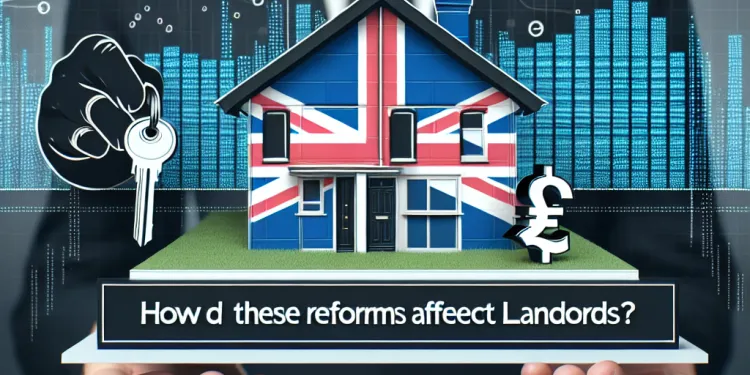
How do these reforms affect landlords?
Relevance: 41%
-
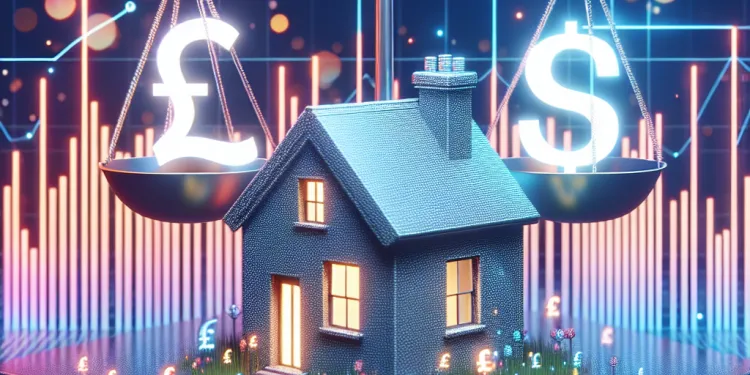
What are the new Tenancy Law Reforms in the UK in 2025?
Relevance: 40%
-
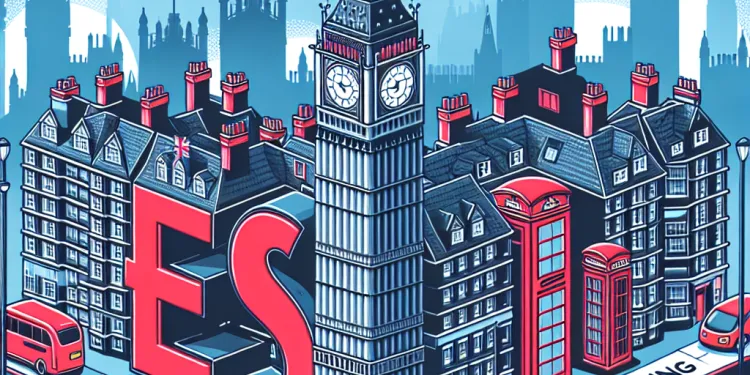
Are there reforms concerning subletting?
Relevance: 39%
-

How does the reform impact renting costs?
Relevance: 38%
-

Chancellor Unveils Plans to Reform UK Tax System
Relevance: 34%
-

Debate Intensifies Over Welfare Reforms Impacting Disabled Citizens
Relevance: 28%
-

Calls for Reform as Report Highlights Disparities in Sentencing Practices
Relevance: 28%
-
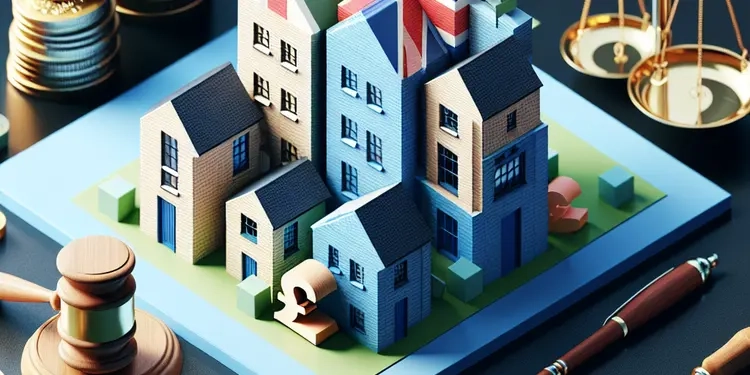
What is property litigation?
Relevance: 25%
-

Supreme Court Delivers Key Ruling on Electoral Reform
Relevance: 24%
-
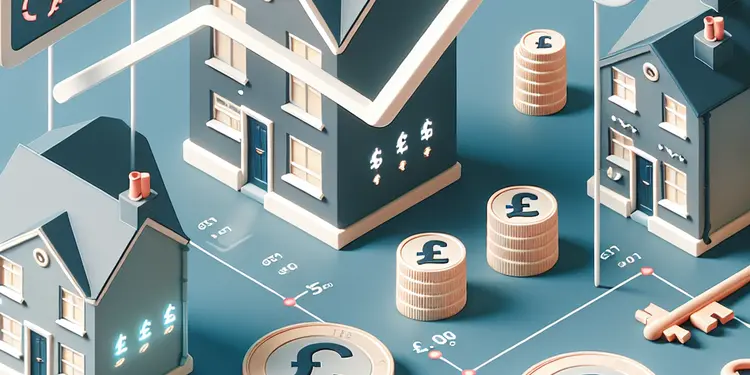
Rising Property Prices Fuel Concerns Over First-Time Buyer Accessibility
Relevance: 24%
-

How do the reforms affect housing benefit tenants?
Relevance: 23%
-

What is receiving stolen property?
Relevance: 23%
-

Can property litigation be avoided?
Relevance: 23%
-

Are there new guidelines for property maintenance?
Relevance: 23%
-
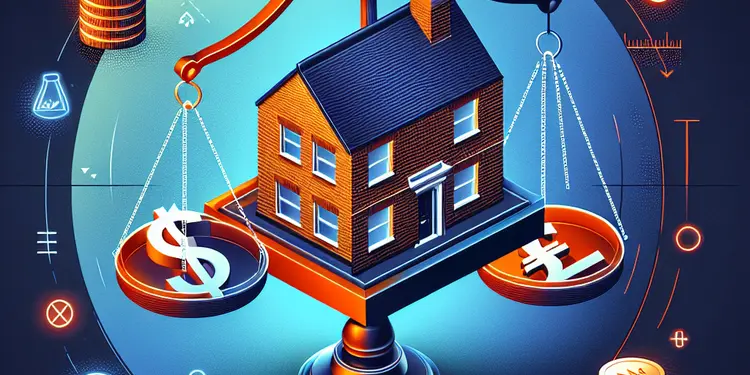
How are landlord-tenant issues resolved in property litigation?
Relevance: 22%
-

Are there any discounts for multiple property purchases?
Relevance: 22%
-

Why might someone need a property litigator?
Relevance: 22%
-
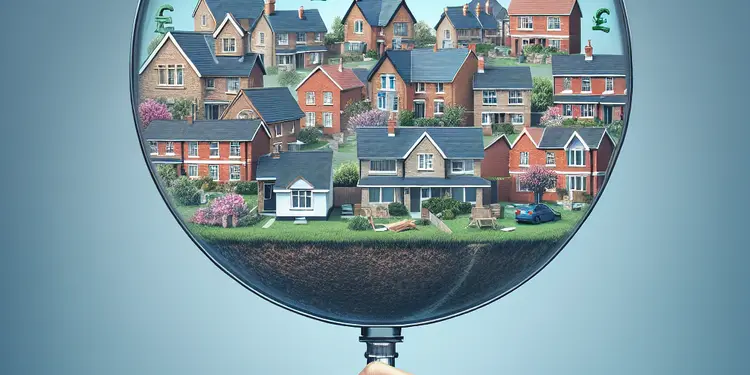
What types of disputes are involved in property litigation?
Relevance: 21%
-
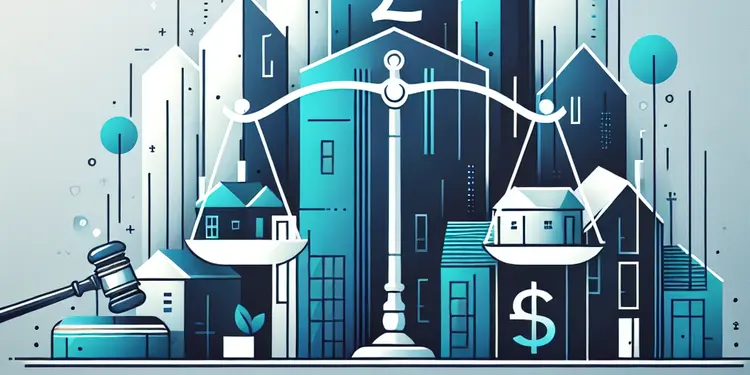
What are some common outcomes of property litigation?
Relevance: 21%
-

How does one initiate property litigation?
Relevance: 21%
-
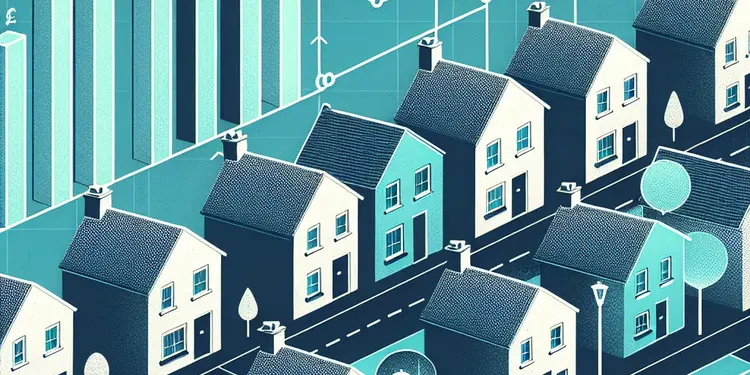
Can boundary disputes affect property values?
Relevance: 21%
-

What happens if a neighbor builds a fence on my property?
Relevance: 21%
-
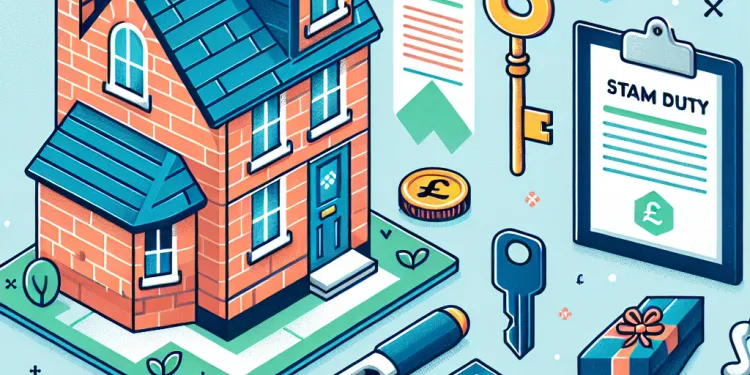
What properties are exempt from Stamp Duty?
Relevance: 21%
-
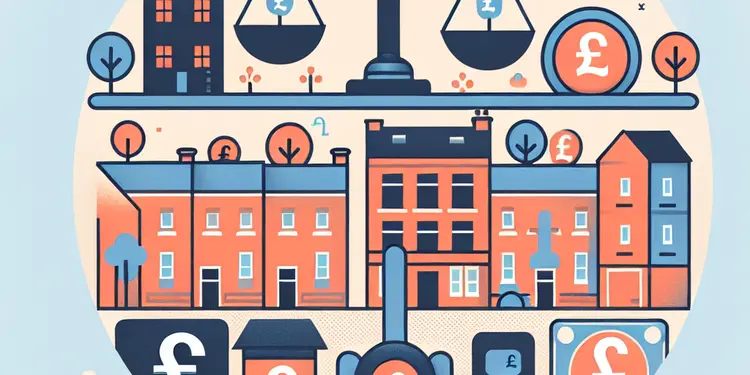
What is adverse possession in property law?
Relevance: 21%
-

What is specific performance in property litigation?
Relevance: 21%
-

How important is a property survey in preventing boundary disputes?
Relevance: 21%
-

What role do property deeds play in boundary disputes?
Relevance: 21%
-

Can property litigation involve commercial real estate?
Relevance: 21%
-

Can I bury a loved on on my own private property?
Relevance: 20%
-

Does owning property abroad affect UK inheritance tax?
Relevance: 20%
-

How can a property litigator assist in lease disputes?
Relevance: 20%
-

Mortgage on Inherited Property - How we can help you with the finance
Relevance: 20%
-
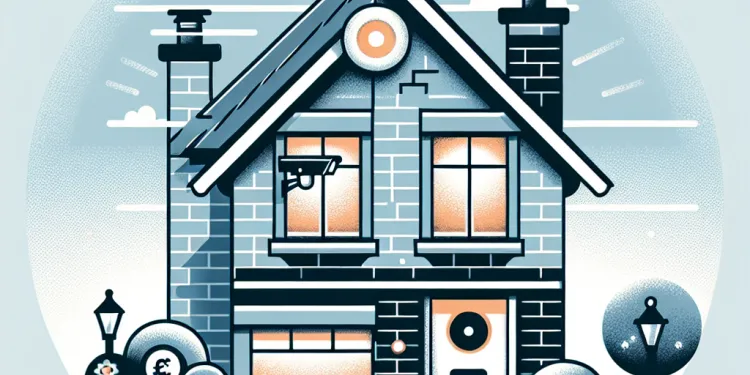
Do neighbours need to inform me if their cameras record my property?
Relevance: 20%
-
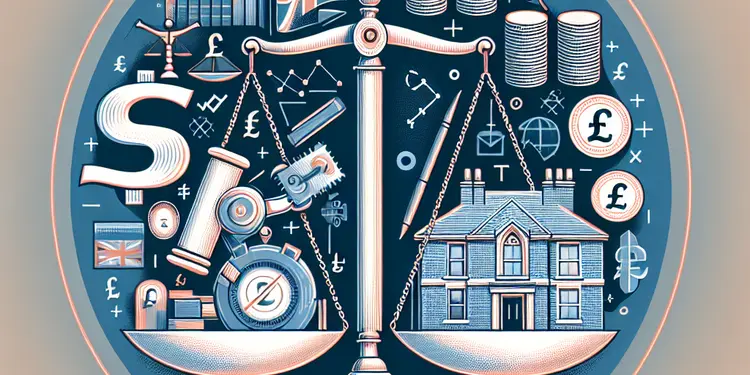
What is an easement and how does it relate to property litigation?
Relevance: 20%
-

How does Stamp Duty affect shared ownership properties?
Relevance: 20%
-
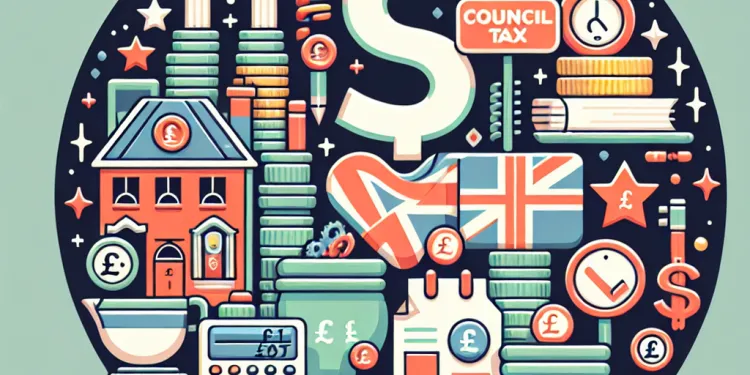
How does council tax relate to wealth in the UK?
Relevance: 19%
-
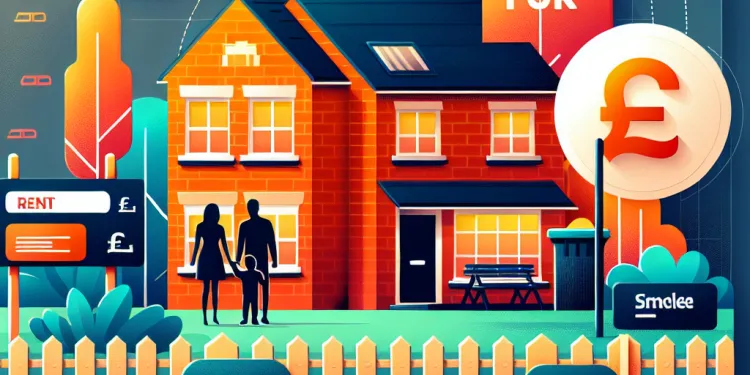
Can a landlord evict me for complaining about property conditions?
Relevance: 19%
-
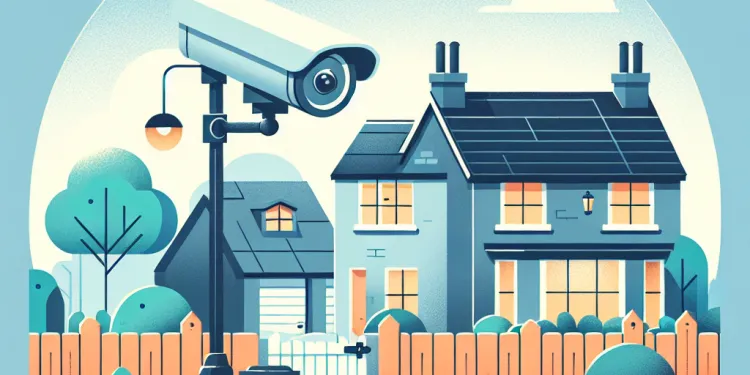
Can my neighbour legally point a security camera at my property?
Relevance: 19%
-

Do gig workers have intellectual property rights over their work?
Relevance: 19%
Introduction
The issue of uninhabitable properties has long been a concern in the UK, affecting both urban and rural areas. With a significant portion of the population affected by housing shortages, the government's reforms seek to address this pressing issue. This article explores whether current reforms adequately address the challenges posed by uninhabitable properties in the UK.
Understanding Uninhabitable Properties
Uninhabitable properties are dwellings deemed unsuitable for living due to various reasons, including structural issues, lack of essential utilities, or health hazards. These properties often remain vacant, contributing to the housing crisis by exacerbating shortages and sometimes becoming sites for anti-social behaviour. Local councils and governments face the challenge of either renovating these properties or redeveloping the sites altogether.
Government Reforms
The UK government has introduced several reforms aimed at addressing uninhabitable properties. These include measures to incentivize property owners to renovate and bring properties back into use. Initiatives like the Empty Homes Programme and changes in council tax policies for empty properties have been part of the reform strategies. The government has also initiated funding schemes to support the refurbishment of such properties, enabling local councils to tackle the issue more effectively.
Impact of Reforms
The impact of the reforms on uninhabitable properties has been mixed. While some areas have seen a reduction in the number of uninhabitable homes, others continue to struggle. The success of these reforms often hinges on local implementation and the cooperation of property owners. Incentives such as tax breaks and grants have had a positive effect in some regions, but the overall efficacy of reforms is contingent upon sustained efforts and sufficient funding.
Challenges and Criticisms
Despite the efforts, there are several challenges and criticisms associated with the reforms. One major criticism is the lack of consistency in implementation across different councils. Additionally, some critics argue that the focus is too heavily placed on incentives rather than enforcement, which can lead to slower progress in dealing with long-term uninhabitable properties. The high cost of renovations and acquiring necessary permits and approvals can also deter property owners from taking action.
Conclusion
In conclusion, while the reforms introduced by the UK government aim to address the issue of uninhabitable properties, their success varies significantly across regions. By providing the right balance of incentives and enforcement, along with adequate funding, the government can enhance the effectiveness of these reforms. Ongoing evaluation and adaptation of policies will be crucial in ensuring that the nation’s housing stock is utilized efficiently and sustainably.
Introduction
Some homes in the UK cannot be lived in because they are not safe or good to live in. This is a problem in both cities and the countryside. Many people do not have enough homes to live in. The government is trying to fix this problem. This article looks at whether the government is doing enough to fix the problem of homes that cannot be lived in.
What are Uninhabitable Properties?
Uninhabitable properties are homes that are not safe or good to live in. This can be because they have broken parts, they do not have things like water or electricity, or they are not healthy to live in. These homes often stay empty, which makes it harder for people to find places to live. Sometimes these empty homes are used for bad things. Councils and the government have to decide if they should fix these homes or build something new.
What is the Government Doing?
The UK government has made some new rules to help with homes that cannot be lived in. They want to encourage people who own these homes to fix them up. Programs like the Empty Homes Programme and changes in taxes for empty homes are part of these plans. The government is also giving money to help fix these homes, so local councils can work on the problem.
How Well are the Reforms Working?
The new rules are helping some areas get more homes ready to live in, but not everywhere. Success depends on how well things are done locally and how well homeowners work with the rules. In some places, tax breaks and grants have helped. But overall, the success of these rules depends on continued hard work and enough money.
Problems with the Reforms
There are some problems with the new rules. One big problem is that not all areas are doing things the same way. Some people think there is too much focus on giving rewards to fix homes and not enough on making sure owners do it. Also, the cost of fixing homes and getting approvals can stop owners from fixing their homes.
Conclusion
In the end, the UK government wants to solve the problem of homes that cannot be lived in. How well this works is very different in different places. By giving the right mix of rewards, rules, and enough money, the government can improve how well these plans work. Keeping an eye on how things are going and changing plans when needed is important to make sure there are enough good homes for everyone.
Frequently Asked Questions
What is meant by uninhabitable properties?
Uninhabitable properties are those that are not suitable for living due to severe structural damage or health and safety hazards.
Does the reform include measures for repairing uninhabitable properties?
Yes, the reform includes measures that provide funding and incentives for repairing and renovating uninhabitable properties to make them livable again.
Who qualifies for assistance under the reform for uninhabitable properties?
Property owners who have properties deemed uninhabitable by local authorities may qualify for assistance, depending on specific criteria set by the reform.
Are there grants available for renovating uninhabitable properties?
Yes, the reform includes provisions for grants and low-interest loans aimed at aiding in the renovation of uninhabitable properties.
What types of repairs are covered under the reform?
The reform covers necessary repairs to address structural damage, plumbing, electrical systems, roofing, and other essential elements to make a property habitable.
How does the reform impact the local housing market?
By addressing uninhabitable properties, the reform aims to increase the availability of livable housing, potentially stabilizing or reducing local housing costs.
Is there a deadline to apply for assistance under the reform?
There may be specific deadlines for applying for assistance, which will be outlined in the guidelines associated with the reform.
How are uninhabitable properties identified under the reform?
Properties are evaluated by local housing authorities or accredited inspectors who determine their habitability based on established safety and structural criteria.
Will the reform provide any assistance to tenants in uninhabitable properties?
Yes, tenants living in uninhabitable properties may also receive temporary relocation assistance or other forms of support during repairs.
Can property owners be penalized for having uninhabitable properties?
The reform primarily focuses on rehabilitation and support, but there may be penalties for owners who do not comply with certain timelines for repairs.
What role do local governments play in implementing the reform?
Local governments are responsible for assessing properties, distributing funds, and ensuring that renovations meet the required standards.
Are there any environmental guidelines in the reform for renovating uninhabitable properties?
Yes, the reform encourages sustainable and environmentally friendly practices in the renovation process to ensure energy efficiency and reduced environmental impact.
Does the reform address uninhabitable properties caused by natural disasters?
Yes, properties damaged by natural disasters may qualify for accelerated assistance to expedite repairs and restoration.
How will the success of the reform be measured?
Success will be evaluated based on the number of properties restored, improved housing conditions, and increased availability of habitable units.
What happens if a property cannot be feasibly repaired?
For properties that cannot be repaired, the reform may provide options for demolition and rebuilding, provided it aligns with development plans.
Are there specific criteria for what constitutes 'uninhabitable' under the reform?
Yes, the reform outlines clear criteria based on safety, structural integrity, and basic living standards to define uninhabitability.
Is there any support for long-term maintenance of renovated properties?
The reform may include programs to educate owners on best practices for maintenance to preserve the integrity of renovated properties.
How will the reform ensure accountability in the use of funds?
Strict oversight and reporting requirements will be in place to ensure funds are used appropriately and efficiently for property renovations.
Can commercial properties also benefit from the reform?
While the primary focus is on residential properties, some mixed-use or commercial buildings may qualify, depending on their impact on housing availability.
What resources are available for property owners to learn about the reform?
Resources such as informational websites, workshops, and local housing authority guidance will be available to educate property owners about the reform.
What does uninhabitable homes mean?
An uninhabitable home is a place where people cannot safely live. This might be because it is broken, unsafe, or missing things like water or heat.
Tips to help understand:
- Use simple words and talk slowly.
- Use pictures to show what you mean.
- Ask someone to explain or help if you are not sure.
Uninhabitable homes are places where people can't live. This is because the building is broken or it is not safe and could make people sick.
Are there plans to fix homes that no one can live in?
Yes, the new plan gives money and rewards to fix up houses that can't be used now. This helps make them nice and ready to live in again.
Who can get help if their home is not safe to live in?
If your home is not safe to live in, local government might be able to help you. There are rules you have to follow to get this help.
Can you get money to fix up homes that people can't live in?
If you want to make a house livable, you might be able to get some money to help. This money is called a "grant." You can ask for help from places like charities or the government.
Here are some tips to help you find out more:
- Ask someone for help if the words are hard to understand.
- Search online using a computer or tablet.
- Visit a local community center for advice.
Yes, the plan gives money and cheap loans to help fix houses that no one can live in right now.
You might find it helpful to use pictures or diagrams to make it easier to understand.
What repairs does the reform pay for?
The reform pays for some repairs. Here are some tools and tips to help understand:
- Break down words: Say hard words slowly.
- Use a dictionary: Look up words you do not know.
- Ask for help: A teacher or helper can explain.
The changes help fix important parts of a house. This includes fixing broken walls, water pipes, electric wires, the roof, and other things needed to make the house safe to live in.
What changes will happen to local houses because of the new rules?
The plan wants to fix homes that people can't live in. This will make more nice places to live. It could help people pay less money to live in their homes.
When is the last day to ask for help with the changes?
If you need help with the changes, make sure to ask by the last day. Use a calendar to remember the date.
There might be special dates when you need to ask for help. These dates will be in the rules about the changes.
How do we know if a place is not safe to live in?
Homes are checked by local housing officers or special inspectors. They look at rules about safety and building to see if the home is good to live in.
Will the new rules help people living in bad homes?
Yes, if your home is not safe to live in, you can get help to stay somewhere else while it gets fixed. You might also get other help.
Can people who own buildings get in trouble if the buildings are not safe to live in?
The changes want to help fix and support things. But there might be punishments for owners who don't fix things on time.
What do local governments do to help with the changes?
Local governments have important jobs. They check the value of properties. They give out money. They also make sure building work is done properly.
Do the new rules have ideas about fixing up houses no one can live in to be better for the environment?
Yes, the changes help people fix buildings in a way that is good for the Earth. This saves energy and is better for the planet.
Does the change help fix homes hurt by natural disasters?
This question asks if the new rules will help people repair homes that can't be lived in because of things like floods, fires, or storms.
If you need help reading or understanding, try using:
- A dictionary to look up words you don't know.
- A friend or adult to read with you.
- Apps that read text out loud.
If a storm or a natural disaster breaks your house, you might get help to fix it faster.
How will we know if the changes work?
Here is how we can check:
- Get feedback from people affected by the changes.
- Check if the changes have made things better.
- Use simple numbers to see if there is improvement.
If these things happen, we know the changes are working!
Use pictures and charts to explain the changes. They can make things easier to understand. A helper can read the information with you.
We will know we did a good job if:
1. We fix more buildings.
2. Homes are nicer to live in.
3. There are more places where people can live.
What if a building can't be fixed?
If a building is too broken to fix, it might be possible to knock it down and build a new one. But this can only happen if it fits with the plans for the area.
What makes a home 'unlivable' in the new rules?
A home is 'unlivable' if it is not safe or healthy to live in. This might mean:
- The roof leaks and water comes inside.
- There is no heating, and it is too cold.
- The electricity does not work.
- There is no clean water.
Some tools can help you. You can use a speaking app that reads the text out loud, or ask someone to read it with you.
Yes, the plan gives clear rules. It says what makes a place safe or unsafe to live in. It checks if buildings are strong and if they meet basic living standards.
Can you get help to look after a fixed-up house?
The changes might have lessons to teach owners how to look after their homes. This helps the homes stay nice and strong.
How will we make sure the money is used correctly?
There will be careful checks and rules to make sure money is used properly and wisely to fix up homes.
Can business buildings also get help from the changes?
We are mostly talking about homes where people live, but sometimes buildings used for both living and business can be included. This happens only if they help with having more homes available for people.
What can property owners use to learn about the changes?
If you own a property and want to understand the new changes, there are things that can help:
- Websites: Some websites have simple guides you can read.
- Videos: Look for videos online that explain the changes.
- Local Meetings: Some communities have meetings where they talk about these changes.
- Books: There might be easy books about the changes at your library.
- Ask for Help: You can ask a friend or family member to explain the changes to you.
Try one of these to learn more!
There are different places to help property owners learn about the changes. These include websites with info, classes or workshops, and help from local housing offices.
Useful Links
- Ergsy carfully checks the information in the videos we provide here.
- Videos shown by Youtube after a video has completed, have NOT been reviewed by ERGSY.
- To view, click the arrow in centre of video.
- Most of the videos you find here will have subtitles and/or closed captions available.
- You may need to turn these on, and choose your preferred language.
- Go to the video you'd like to watch.
- If closed captions (CC) are available, settings will be visible on the bottom right of the video player.
- To turn on Captions, click settings .
- To turn off Captions, click settings again.
More Items From Ergsy search
-

Does the reform address uninhabitable properties?
Relevance: 100%
-

How do these reforms affect landlords?
Relevance: 41%
-

What are the new Tenancy Law Reforms in the UK in 2025?
Relevance: 40%
-

Are there reforms concerning subletting?
Relevance: 39%
-

How does the reform impact renting costs?
Relevance: 38%
-

Chancellor Unveils Plans to Reform UK Tax System
Relevance: 34%
-

Debate Intensifies Over Welfare Reforms Impacting Disabled Citizens
Relevance: 28%
-

Calls for Reform as Report Highlights Disparities in Sentencing Practices
Relevance: 28%
-

What is property litigation?
Relevance: 25%
-

Supreme Court Delivers Key Ruling on Electoral Reform
Relevance: 24%
-

Rising Property Prices Fuel Concerns Over First-Time Buyer Accessibility
Relevance: 24%
-

How do the reforms affect housing benefit tenants?
Relevance: 23%
-

What is receiving stolen property?
Relevance: 23%
-

Can property litigation be avoided?
Relevance: 23%
-

Are there new guidelines for property maintenance?
Relevance: 23%
-

How are landlord-tenant issues resolved in property litigation?
Relevance: 22%
-

Are there any discounts for multiple property purchases?
Relevance: 22%
-

Why might someone need a property litigator?
Relevance: 22%
-

What types of disputes are involved in property litigation?
Relevance: 21%
-

What are some common outcomes of property litigation?
Relevance: 21%
-

How does one initiate property litigation?
Relevance: 21%
-

Can boundary disputes affect property values?
Relevance: 21%
-

What happens if a neighbor builds a fence on my property?
Relevance: 21%
-

What properties are exempt from Stamp Duty?
Relevance: 21%
-

What is adverse possession in property law?
Relevance: 21%
-

What is specific performance in property litigation?
Relevance: 21%
-

How important is a property survey in preventing boundary disputes?
Relevance: 21%
-

What role do property deeds play in boundary disputes?
Relevance: 21%
-

Can property litigation involve commercial real estate?
Relevance: 21%
-

Can I bury a loved on on my own private property?
Relevance: 20%
-

Does owning property abroad affect UK inheritance tax?
Relevance: 20%
-

How can a property litigator assist in lease disputes?
Relevance: 20%
-

Mortgage on Inherited Property - How we can help you with the finance
Relevance: 20%
-

Do neighbours need to inform me if their cameras record my property?
Relevance: 20%
-

What is an easement and how does it relate to property litigation?
Relevance: 20%
-

How does Stamp Duty affect shared ownership properties?
Relevance: 20%
-

How does council tax relate to wealth in the UK?
Relevance: 19%
-

Can a landlord evict me for complaining about property conditions?
Relevance: 19%
-

Can my neighbour legally point a security camera at my property?
Relevance: 19%
-

Do gig workers have intellectual property rights over their work?
Relevance: 19%


